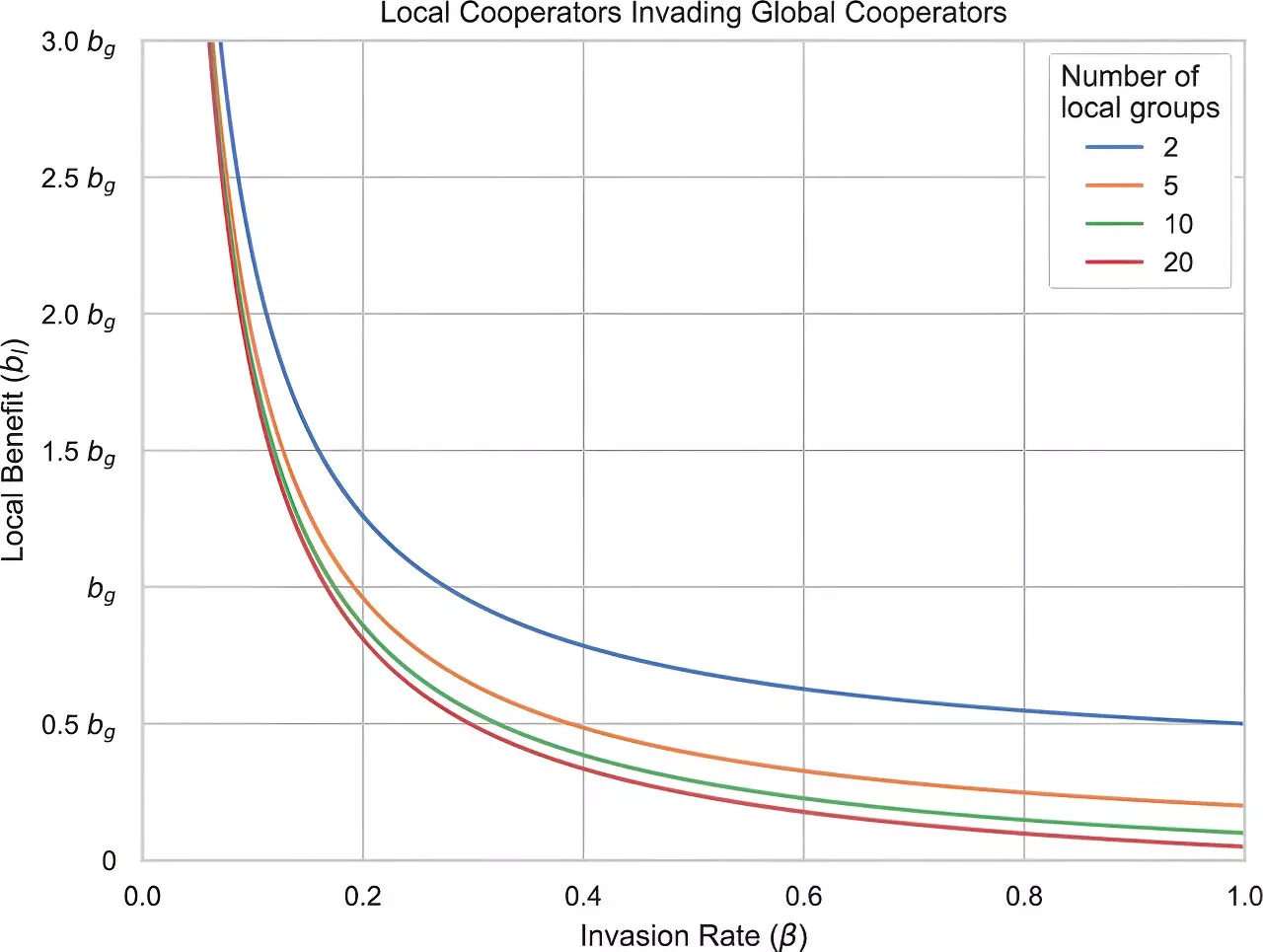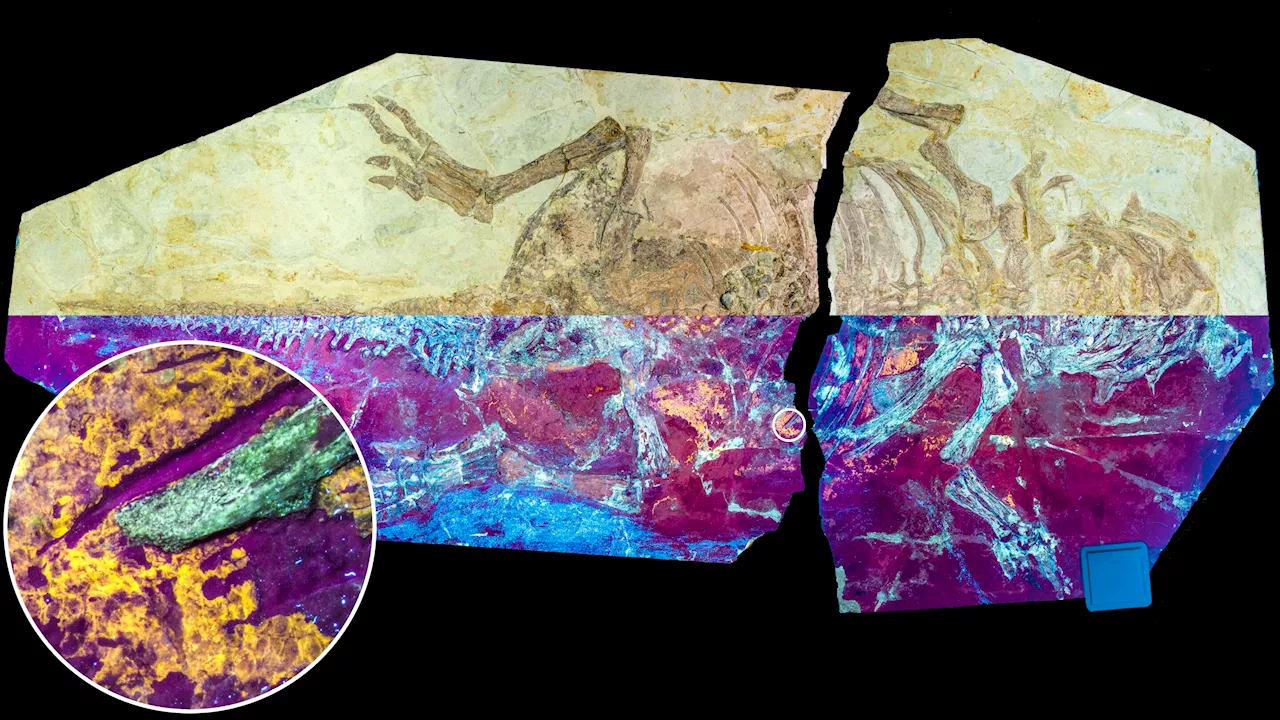Current methods to model or correct mutations in live cells are inefficient, especially when multiplexing -- installing multiple point mutations simultaneously across the genome. Researchers have developed new, efficient genome editing tools called multiplexed orthogonal base editors (MOBEs) to install multiple point mutations at once.
Current methods to model or correct mutations in live cells are inefficient, especially when multiplexing -- installing multiple point mutations simultaneously across the genome. Researchers have developed new, efficient genome editing tools called multiplexed orthogonal base editors to install multiple point mutations at once.
One issue with using the genome in disease modeling is the sheer number of possible variations. If scientists were trying to determine which genetic mutations were responsible for heart disease, they could decode the genomes of a cohort that all had heart disease but the number of variations between any two people makes it very hard to determine which combination of variations causes the disease.
etions -- where the cell is not able to perfectly repair itself. Editing multiple genes in CRISPR-Cas9 multiples the risks. Cowan's MOBEs use RNA structures called aptamers -- small RNA loops that bind to specific proteins -- to recruit base-modifying enzymes to specific genomic locations enabling simultaneous editing of multiple sites with high efficiency and a lower incidence of crosstalk.
The study was a proof of principle to test the feasibility of the MOBE system, which has been granted a provisional patent. To test them even further, the team conducted several case studies with real diseases, including Kallmann syndrome, a rare hormonal disorder. Their experiments revealed that MOBE systems could be used to efficiently edit relevant cell lines of certain polygenic diseases.
Full list of authors: Quinn T. Cowan, Sifeng Gu, Wanjun Gu, Brodie L. Ranzau, Tatum S. Simonson, and Alexis C. Komor .Researchers have developed a novel genome editing technique known as NICER, which results in significantly fewer off-target mutations than CRISPR/Cas9 editing. The technique uses a different type of ...
Human Biology Diseases And Conditions Personalized Medicine Chronic Illness Heart Disease Gene Therapy Healthy Aging
United States Latest News, United States Headlines
Similar News:You can also read news stories similar to this one that we have collected from other news sources.
 Researchers disprove current thinking on how to achieve global collaborationThe world's most pressing issues such as climate change will only be solved through global cooperation.
Researchers disprove current thinking on how to achieve global collaborationThe world's most pressing issues such as climate change will only be solved through global cooperation.
Read more »
 Researchers discuss current state of homophobia, transphobia and biphobiaGender-neutral bathrooms, conversion therapy and Quebec's advisory committee on gender identity have been in the news lately. These are polarizing, hot-button issues.
Researchers discuss current state of homophobia, transphobia and biphobiaGender-neutral bathrooms, conversion therapy and Quebec's advisory committee on gender identity have been in the news lately. These are polarizing, hot-button issues.
Read more »
 Researchers publish disaster risk monitoring protocol for multi-coal seam miningNo 1 source of global mining news and opinion
Researchers publish disaster risk monitoring protocol for multi-coal seam miningNo 1 source of global mining news and opinion
Read more »
 Researchers identify the principle behind 'soft mechanoluminescent complex'A research team collaborated to identify the principle of an eco-friendly energy-based soft mechanoluminescent complex that emits light without batteries. It is expected to be applied in various fields, such as optical sensors, artificial skin, and displays. The team includes Dr. Jeong Soon-moon, Dr.
Researchers identify the principle behind 'soft mechanoluminescent complex'A research team collaborated to identify the principle of an eco-friendly energy-based soft mechanoluminescent complex that emits light without batteries. It is expected to be applied in various fields, such as optical sensors, artificial skin, and displays. The team includes Dr. Jeong Soon-moon, Dr.
Read more »
 Chemistry researchers showcase new method to aid in pharma, agrochemical compound developmentResearchers at Colorado State University have published findings in Nature that could be useful to speed the development of new pharmaceuticals and pesticides.
Chemistry researchers showcase new method to aid in pharma, agrochemical compound developmentResearchers at Colorado State University have published findings in Nature that could be useful to speed the development of new pharmaceuticals and pesticides.
Read more »
 Researchers discover hidden step in dinosaur feather evolutionPaleontologists at University College Cork (UCC) in Ireland have discovered that some feathered dinosaurs had scaly skin like reptiles today, thus shedding new light on the evolutionary transition from scales to feathers.
Researchers discover hidden step in dinosaur feather evolutionPaleontologists at University College Cork (UCC) in Ireland have discovered that some feathered dinosaurs had scaly skin like reptiles today, thus shedding new light on the evolutionary transition from scales to feathers.
Read more »
